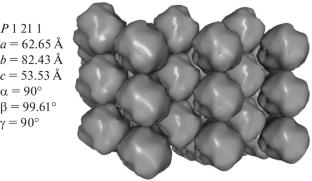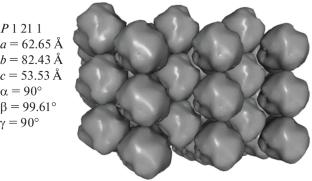红细胞的力学模型:细胞水平的变构?
IF 1.4
4区 化学
Q4 PHYSICS, ATOMIC, MOLECULAR & CHEMICAL
引用次数: 0
摘要
基于变构材料的结构和协同演化,提出了红细胞的力学模型。该模型用于解释在49.5℃时红细胞闪烁和相变(形态变化)等现象,这些现象从物理角度无法完全解释。为了描述蛋白质(特别是血红蛋白)的粘弹性,采用了先前获得的实验数据。先前获得的不同形式血红蛋白之间粘弹性特性的差异用于描述在光谱网络中打开和关闭弹簧所必需的力。本文章由计算机程序翻译,如有差异,请以英文原文为准。


Mechanical Model of Erythrocyte: Allostery at the Cellular Level?
Based on the architecture and coevolution of allosteric materials, a mechanical model of the erythrocyte is proposed. This model is used to explain such phenomena as erythrocyte flickering and phase transitions (morphological changes) at 49.5°C, which are not fully explained from the physical point of view. To describe the viscoelastic properties of proteins (in particular, for hemoglobin), experimental data obtained earlier are taken. The difference in viscoelastic properties between different forms of hemoglobin obtained earlier is used to describe the forces that are necessary to turn on and off the springs in the spectrin network.
求助全文
通过发布文献求助,成功后即可免费获取论文全文。
去求助
来源期刊

Russian Journal of Physical Chemistry B
化学-物理:原子、分子和化学物理
CiteScore
2.20
自引率
71.40%
发文量
106
审稿时长
4-8 weeks
期刊介绍:
Russian Journal of Physical Chemistry B: Focus on Physics is a journal that publishes studies in the following areas: elementary physical and chemical processes; structure of chemical compounds, reactivity, effect of external field and environment on chemical transformations; molecular dynamics and molecular organization; dynamics and kinetics of photoand radiation-induced processes; mechanism of chemical reactions in gas and condensed phases and at interfaces; chain and thermal processes of ignition, combustion and detonation in gases, two-phase and condensed systems; shock waves; new physical methods of examining chemical reactions; and biological processes in chemical physics.
 求助内容:
求助内容: 应助结果提醒方式:
应助结果提醒方式:


